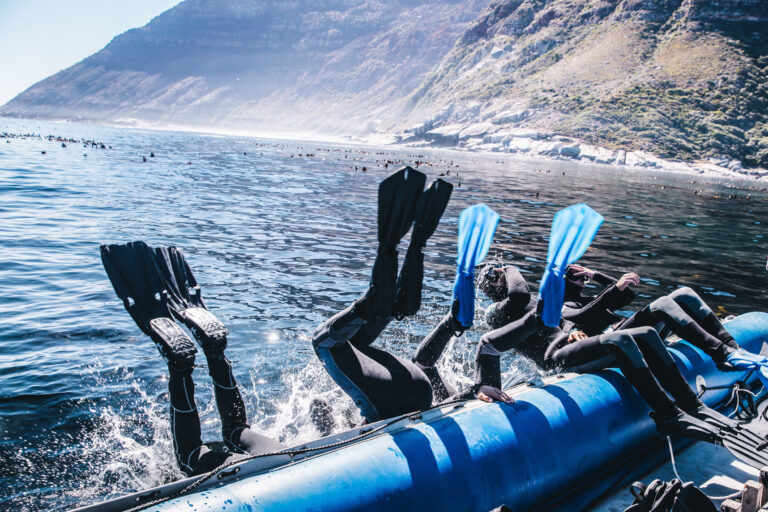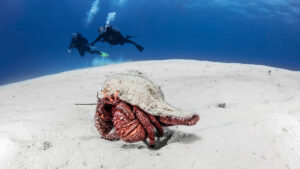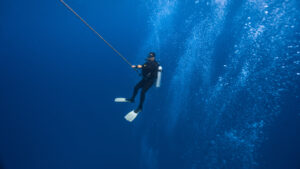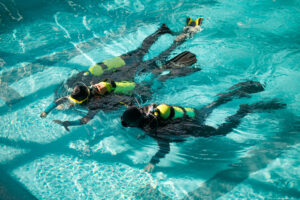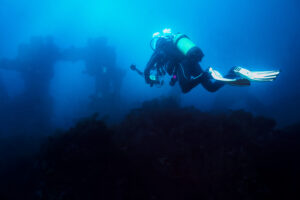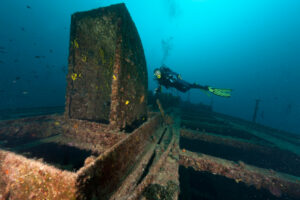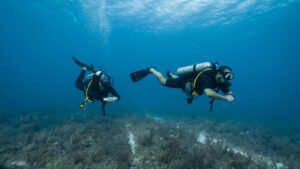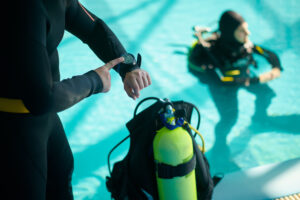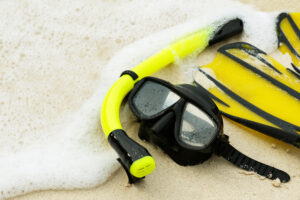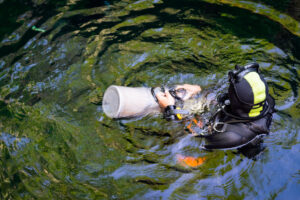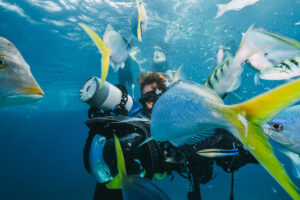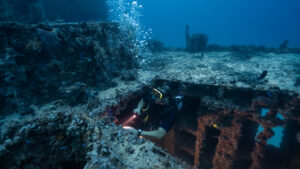What is Barotrauma?
Barotrauma is a crucial topic in the world of scuba diving, as it represents a type of injury that divers may experience due to changes in pressure during their underwater adventures. Scuba divers should be well-informed about barotrauma to avoid potential hazards and to respond effectively in case of an injury.
Definition and Causes
Barotrauma refers to an injury caused by unequal pressures between a space inside the body and the ambient pressure, or between two spaces within the body. It is a common concern for scuba divers, as they are exposed to rapid and significant changes in pressure as they descend and ascend through water. The human body is designed to function optimally at surface pressure, but when diving, the increased pressure surrounding the body can lead to an imbalance in pressure-sensitive spaces within the body. This pressure differential can cause damage to tissues and may result in barotrauma.
Types of Barotrauma in Scuba Diving
There are several types of barotrauma that scuba divers may experience, which can be classified into the following categories:
Ear and Sinus Barotrauma
Middle Ear Barotrauma
Occurs when the pressure in the middle ear is not equalized, causing damage to the eardrum and surrounding tissues.
Outer Ear Barotrauma
Results from an obstruction in the outer ear canal, preventing equalization of pressure and causing pain or injury.
Sinus Barotrauma
Occurs when pressure in the sinus cavities is not equalized, leading to pain, swelling, and potential injury.
Pulmonary Barotrauma
Arterial Gas Embolism (AGE)
A severe form of pulmonary barotrauma caused by the rapid ascent of a diver without exhaling, leading to lung overexpansion, rupture, and gas bubbles entering the bloodstream.
Pneumothorax
A collapsed lung caused by the rupture of lung tissue due to pressure changes, resulting in the leakage of air into the chest cavity.
Tooth Barotrauma (Barodontalgia)
Caused by pressure imbalances around dental restorations, fillings, or cavities, which can result in tooth pain, fractures, or even dislodged restorations.
Gastrointestinal Barotrauma
Results from the expansion of gas trapped in the stomach or intestines, causing pain, bloating, and potential injury to the gastrointestinal tract.
Mask and Suit Barotrauma
Mask Squeeze
Occurs when a diver fails to equalize the pressure inside their mask, causing the mask to squeeze onto the face and potentially injure delicate facial structures.
Suit Squeeze
Occurs when a drysuit or wetsuit is too tight or improperly fitted, causing pressure imbalances and injuries to the skin or underlying tissues.
Prevention and Treatment
Preventing barotrauma is essential for safe and enjoyable scuba diving experiences. To avoid barotrauma, divers should follow these guidelines:
Training
Proper scuba diving training, including equalization techniques, is essential to prevent barotrauma.
Pre-dive assessment
Divers should assess their physical condition and ensure they are free of any obstructions or illnesses that may impede equalization.
Gradual descent and ascent
Divers should descend and ascend slowly, allowing time for pressure equalization and avoiding rapid pressure changes.
Equalization
Divers should equalize pressure in their ears, sinuses, and mask frequently during their dive.
Proper equipment
Ensuring a well-fitting mask, suit, and regulator can help prevent barotrauma.
In the event of barotrauma, divers should seek appropriate treatment based on the severity of their injury:
Mild barotrauma
For minor cases of barotrauma, such as mild ear or sinus pain, divers may treat their symptoms with over-the-counter pain relievers and decongestants, as well as rest and hydration. Consultation with a medical professional is still recommended.
Moderate to severe barotrauma
In cases of significant pain, injury, or persistent symptoms, divers should seek immediate medical attention. Treatment may include medications, surgical intervention, or hyperbaric oxygen therapy, depending on the severity and type of barotrauma.
Emergencies
In life-threatening situations, such as arterial gas embolism or pneumothorax, divers should seek emergency medical care as soon as possible. Immediate treatment can be crucial for a positive outcome.
Returning to Diving After Barotrauma
Recovery time and the ability to return to diving after experiencing barotrauma vary depending on the severity of the injury and individual factors. Divers should follow their healthcare provider’s recommendations and ensure they have fully recovered before resuming diving activities. Some general guidelines include:
Mild barotrauma
Divers may return to diving after symptoms have resolved and they have received clearance from a medical professional.
Moderate to severe barotrauma
Divers should wait for a full recovery and medical clearance before resuming diving activities. This may require weeks or even months of rest and rehabilitation, depending on the injury.
Recurrent barotrauma
If a diver experiences multiple instances of barotrauma, they should consult a diving medicine specialist to determine the underlying cause and develop a prevention plan.
Key Takeaways
Barotrauma is a significant concern for scuba divers, as pressure changes during diving can cause injuries to various parts of the body. Understanding the causes, types, prevention strategies, and treatment options for barotrauma can help divers avoid these injuries and ensure a safe and enjoyable diving experience. Proper training, equipment, and adherence to safety guidelines are essential for minimizing the risk of barotrauma, and divers should always consult a medical professional if they experience symptoms or injuries related to pressure changes during diving.

